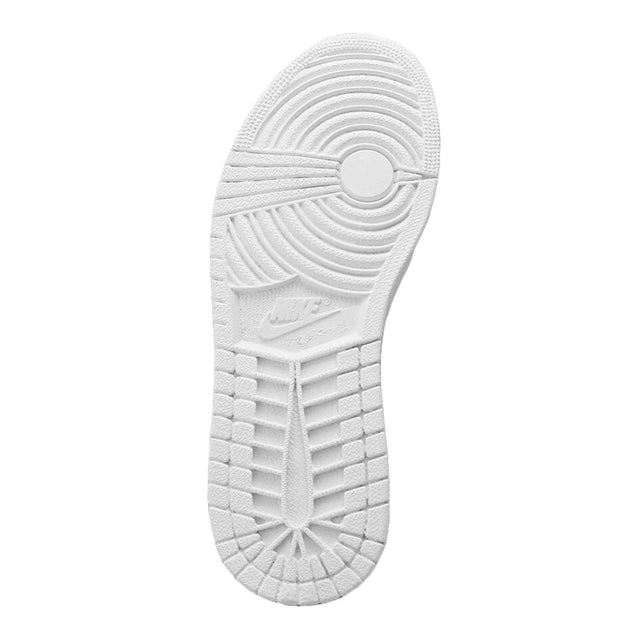
White
-
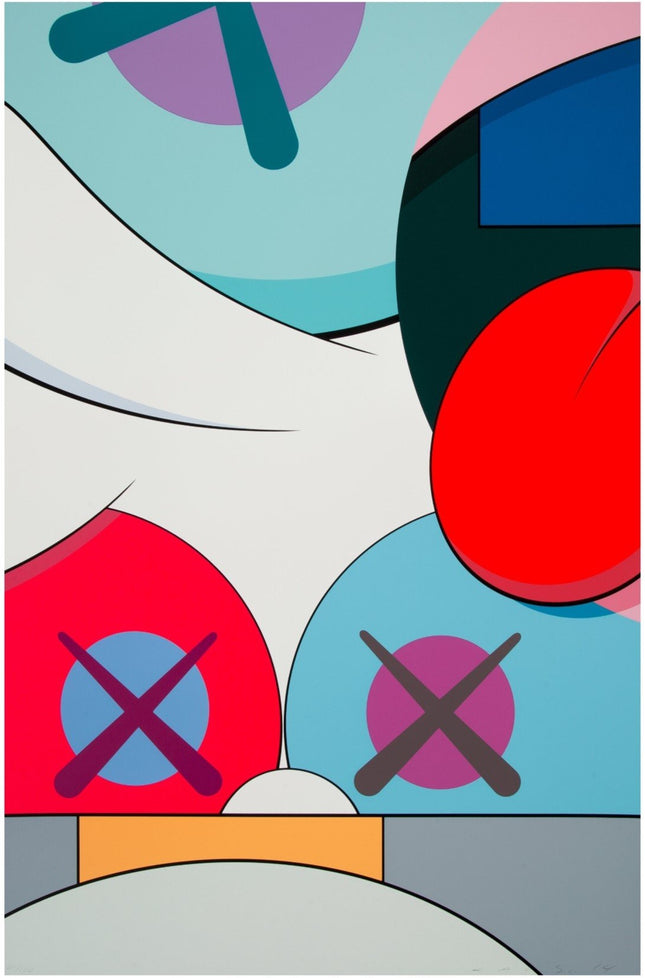
Kaws- Brian Donnelly Untitled from Blame Game #3 Upside Down Face Silkscreen Print by Kaws- Brian Donnelly
Untitled from Blame Game- #3 Upside Down Face Hand-Pulled 11-Color Silkscreen Print on Saunders Waterford Hi-White Paper by Artist Kaws- Brian Donnelly Street Art Limited Edition Artwork. 2014 Signed & Numbered Limited Edition of 100 Artwork Size 23x35 Framed With Large Custom Frame & Mat. KAWS (b. 1974) Untitled from Blame Game, 2014 Screenprint in colors on Saunders Waterford Hi-White paper 35 x 23 inches (88.9 x 58.4 cm) (sheet) Ed. 100 Signed, numbered, and dated in pencil along the lower edge. Published by Pace Prints, New York Unveiling KAWS' "Untitled from Blame Game - #3 Upside Down Face" In the dynamic intersection of street pop art and graffiti artwork, few names are as resonant as that of KAWS, the pseudonym of American artist Brian Donnelly. Born in 1974, KAWS has become an icon of contemporary art, bridging the worlds of art and mainstream culture. His piece, "Untitled from Blame Game - #3 Upside Down Face," is a compelling demonstration of his prowess in the art form. Created in 2014, this artwork is part of a limited edition of 100 hand-pulled 11-color silkscreen prints on Saunders Waterford Hi-White paper, each bearing the artist's signature, number, and date along the lower edge. Published by Pace Prints, New York, this piece exemplifies the seamless blend of commercial and fine art that KAWS is renowned for. The artwork is a bold expression of KAWS' unique aesthetic, featuring a signature character with an 'X' for each eye, a motif he has become famous for. This print, which is 35 x 23 inches, is framed with a large custom frame and mat, enhancing its visual impact. The 11-color silkscreen printing technique is a testament to KAWS' dedication to craftsmanship and quality, ensuring that each print offers a rich, vibrant palette and meticulous detail. The choice of Saunders Waterford Hi-White paper, known for its high quality, contributes to the artwork's premium feel and longevity. KAWS and the Evolution of Street Pop Art KAWS' journey in the art world is marked by his transition from a graffiti artist in the streets of New York to a towering figure in the global art scene. His work is celebrated for its fluidity in moving between various subcultures, including street art, pop art, and commercial imagery. The "Untitled from Blame Game" series perfectly illustrates how KAWS has transformed street art sensibilities into something that can be appreciated both in the buzzing city alleyways and the hushed galleries of fine art. His characters, though simplistic in form, convey a deep resonance with the viewer, often embodying themes of humanity, vulnerability, and isolation. KAWS' ability to evoke such emotion while maintaining a playful, accessible aesthetic is a hallmark of his work. This duality has endeared him to diverse audiences, from street art lovers to high-brow collectors. The Cultural Significance of KAWS' Artwork Beyond its visual appeal, the work of KAWS is deeply embedded in the cultural zeitgeist. His art captures contemporary life's essence, reflecting its complexities and simplicities. "Untitled from Blame Game - #3 Upside Down Face," like much of his work, is imbued with introspection, challenging the viewer to look beyond the surface. His pieces' recurring themes of deconstruction and recontextualization invite a dialogue about the nature of identity and recognition in a saturated media environment. Moreover, KAWS' influence extends beyond the canvas, impacting the broader design, fashion, and commercial branding landscape. His collaborations with major brands have pushed the boundaries of what is considered art, making his vision accessible to a broader audience and redefining the concept of what street pop art can be. "Untitled from Blame Game - #3 Upside Down Face" is not just a testament to KAWS' technical skill and artistic vision but also a symbol of the evolving narrative of street pop art and graffiti artwork. As a limited edition piece, it holds a special place in the annals of contemporary art, representing a moment in time where the lines between high art and street culture are not just blurred but beautifully intertwined.
$29,415.00
-
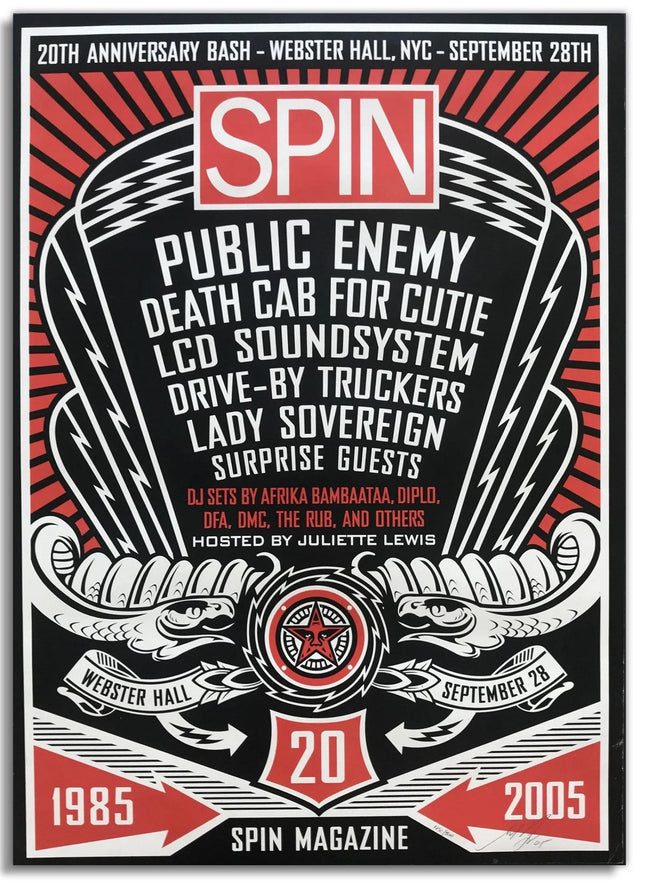
Shepard Fairey- OBEY Spin Magazine Webster Hall NYC 2005 Lithograph Print by Shepard Fairey- OBEY
Spin Magazine Webster Hall NYC 2005 Offset Lithograph Print Limited Edition Event Artwork on Fine Art Paper by Shepard Fairey, an urban graffiti pop street artist. 2005 Signed & Numbered Limited Edition of 500 Spin Magazine 20th Anniversary Bash Print by Shepard Fairey Webster Hall, NYC | Sept 28th, 2005 Offset Print on Heavy Paper Signed by the Artist [2005] Size: 23" x 32" Minor creasing and nicks to the outer margins are consistent with age, see photos.
$514.00
-
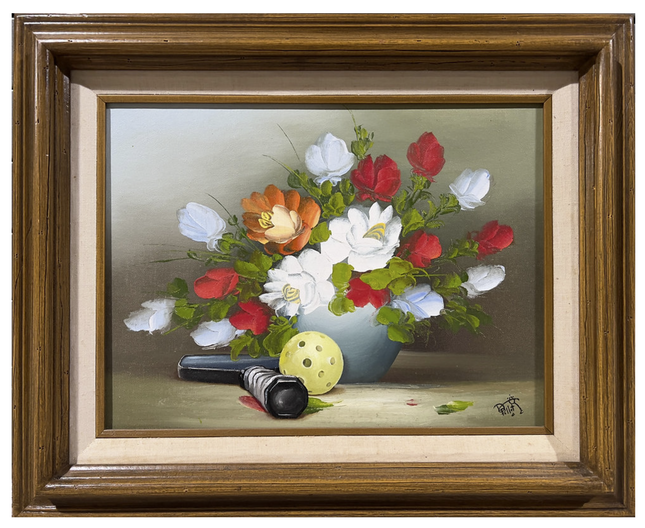
Dave Pollot Non-Volley Zone II Original Acrylic Painting by Dave Pollot
Non-Volley Zone II Original Acrylic Painting by Dave Pollot One-of-a-kind Artwork on Vintage Canvas Framed by Street Art Pop Artist. 2022 Signed Acrylic on Original Pickleball Paddle Reclaimed Vintage Painting Size 23x18 Including Frame. Framed Ready To Hang In a unique blend of classical artistry and contemporary wit, "Non-Volley Zone II" emerges as a prime example of Dave Pollot's vision, where vintage aesthetics meet modern narratives. This original acrylic painting showcases Pollot's signature style of repurposing thrift art, introducing unexpected modern elements to otherwise traditional canvases. Created in 2022, this work features a charming still life that has been playfully disrupted by the addition of a pickleball paddle, a modern sports reference that Pollot has cleverly incorporated into the scene. At the heart of this piece is Pollot's mastery in combining two seemingly disparate worlds. The artist breathes new life into a reclaimed vintage painting by juxtaposing the timeless beauty of a floral arrangement with the unexpected intrusion of a pickleball paddle lying at the forefront, symbolizing perhaps the collision of past and present or the intrusion of the contemporary into the serene stillness of history. The playful inclusion of the paddle is a nod to his keen eye for pop culture references, making the artwork resonate with a sense of humor and relevance. The canvas size, at a notable 23x18 inches framed, allows viewers to immerse themselves in the textural contrasts and vivid colors that Pollot masterfully preserves and enhances. His work is not merely about altering the old. Still, it is a dialogue between the original artist and himself, creating a layered narrative where every brushstroke is a word in a story that spans generations. "Non-Volley Zone II" is more than just an acrylic painting; it is a one-of-a-kind artwork that showcases Pollot's ability to transform forgotten pieces of art into contemporary conversations. This framed piece, ready to hang, carries the hallmark of Pollot's ingenuity and serves as a testament to the evolving nature of art. Through such pieces, Pollot establishes himself not just within the realm of street and pop art but also as a custodian of the past, repurposing it to speak to the present.
$1,917.00 $1,629.00
-
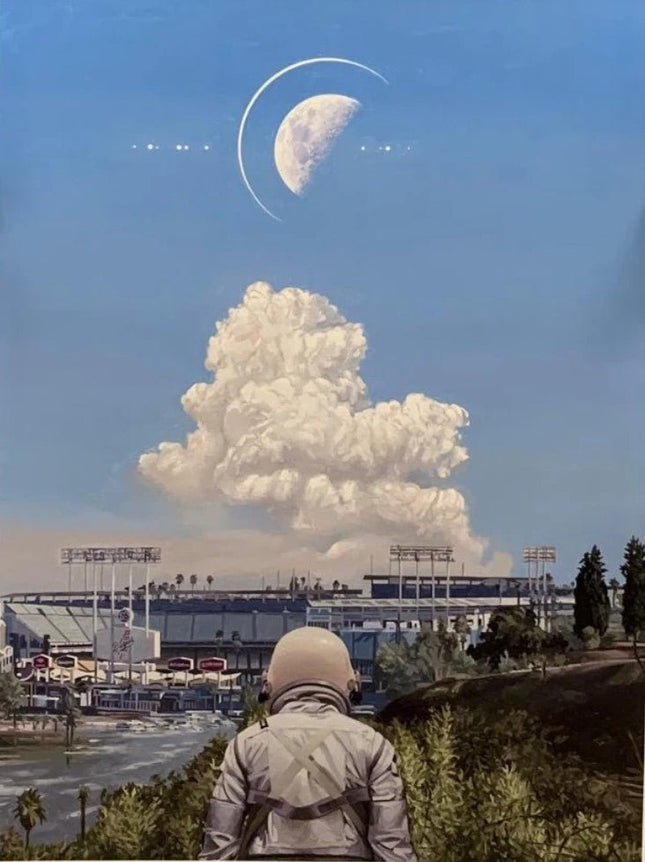
Scott Listfield Dodger Stadium Deluxe Archival Print by Scott Listfield
Dodger Stadium- Deluxe Artwork Giclee Limited Edition Print on Signa Smooth 300gsm Paper by Pop Culture Graffiti Artist Scott Listfield. Deluxe Edition of 50 23 x 30 inches / 58.4 x 76.2 cm Fine art print on Signa Smooth 300gsm paper Hand signed and numbered by the artist
$495.00





